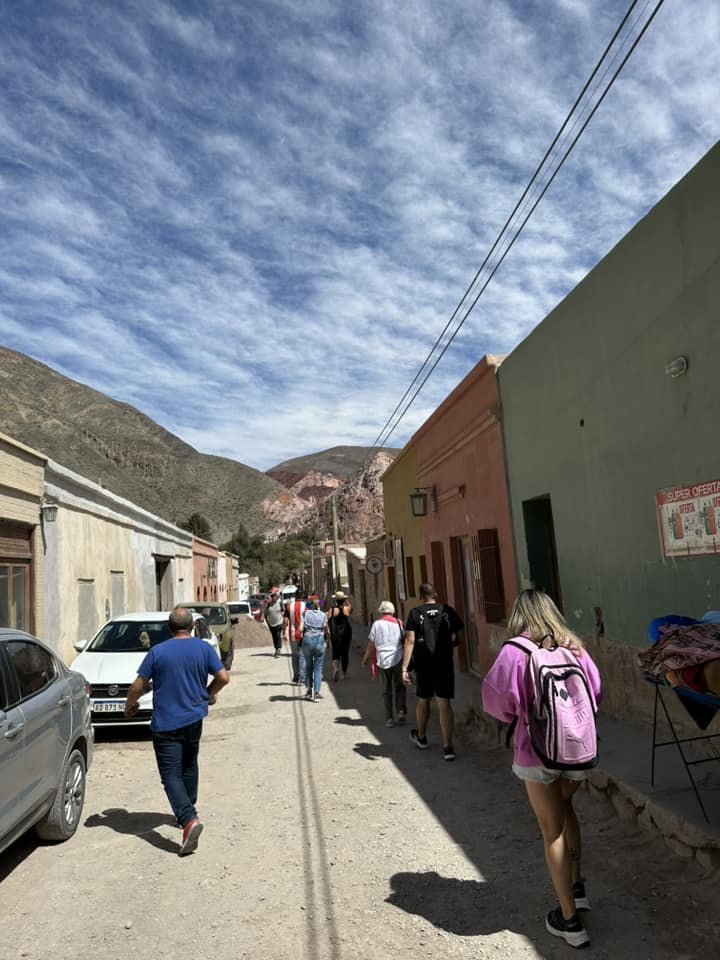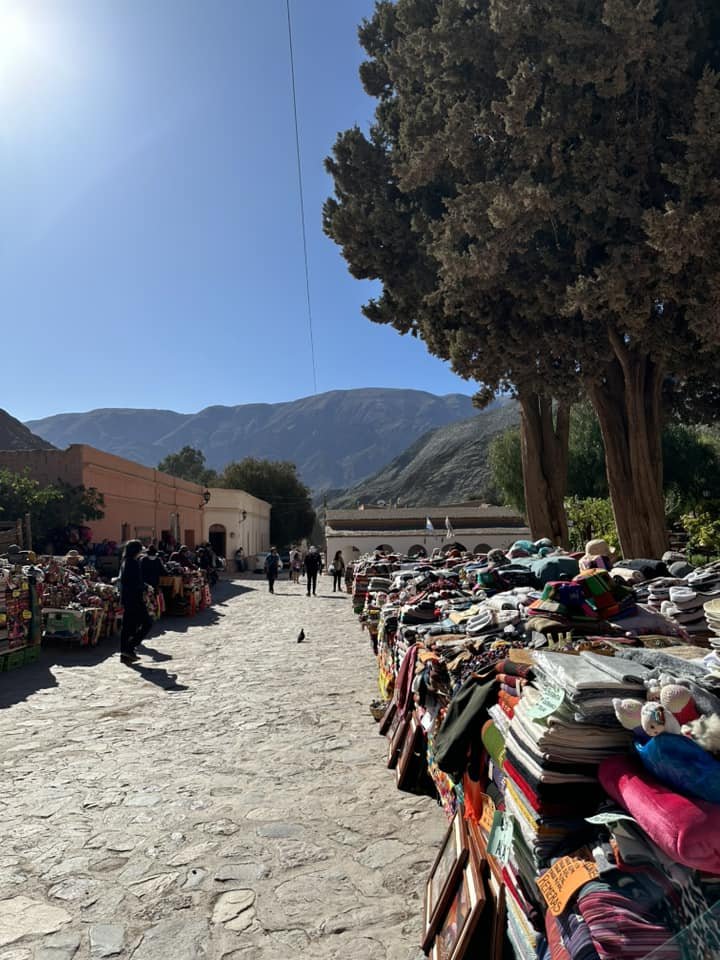A Trip Home - Part 1
Hi, and happy fall!
I've recently returned from an incredible trip back to my native home of Argentina where I was lucky to spend five weeks visiting with friends and family and traveling to two cities in the North, Salta and Jujuy. I am so excited to share my trip with you on my blog!
I had been looking forward to this trip for months, and I was so excited when we arrived in Buenos Aires on September 13th and traveled north to Jujuy, a province of Argentina located in the extreme northwest of the country bordering Chile and Bolivia. [3] The only neighboring Argentine province is Salta. The region is known for its stunning landscapes, rich culture, and diverse traditions. I had never traveled to the area before, and it was amazing!
We flew to Jujuy and stayed in a very charming city called Purmamarca. The roads are dirt, and the views are amazing.
The Paseo de los Colorados is one of the most popular walks in Purmamarca, as it is a short tour around the famous Cerro de los 7 Colores (Hill of the 7 colors) that allows you to appreciate the colors and the particular shapes of the mountains.




Jujuy, a province in Argentina’s remote northwest, is defined by the dramatic rock formations and hills of the Quebrada de Humahuaca. This valley and its indigenous Quechuan villages lie north of the provincial capital and regional gateway, San Salvador de Jujuy. In the valley’s south, the iconic, multicolored Cerro de los Siete Colores, known for its rocky slopes, towers over the Spanish colonial village of Purmamarca.
The views of these northern landscapes are truly spectacular and will take your breath away.
The road is dirt, wide, and well-marked. It is advisable to travel in the morning and to bring sunscreen and plenty of water because, although it is a short hike, the altitude and heat can take a toll on you.
While we were there, we took a tour of the Quebrada de Humahuaca, a UNESCO World Heritage site.
For centuries, the Indigenous Peoples who live in the north of Argentina, in the province of Jujuy, have maintained their culture and ways of life differently from people from other parts of the country. In Jujuy, there are more than 400 Indigenous communities. They are mostly comprised of the Kolla Peoples but also the Guaraní and Oclolla. They are recognized in the Constitution of Argentina where it is declared “Indigenous Peoples already existed before the State of Argentina existed.”
Meals in Jujuy were wonderful and usually included ingredients such as corn, potatoes, squash, quinoa, llama, pork, and chicken meats. Many local dishes are prepared using these ingredients, and you can get tamales, humitas, locros, and asado de llama.
We ate in two excellent and charming restaurants within walking distance of our hotel. The food was very tasty. One of the restaurants had a peña every night. Peñas are events that bring together longstanding traditions, homemade food, plenty of wine, a lively, friendly atmosphere, and lots of folklore. These gatherings with folk music and dance offer a microcosm of Argentina's regional traditions, and they are so much fun!
I have so much more to share with you and look forward to doing so through a series of blog posts of the next several weeks. This trip brought me so much joy, and has inspired me to begin creating a new body of artwork.



